By Peter Kross
The use of individuals unaffiliated with any intelligence organization is commonplace in the annals of espionage. Governments often use people who have certain skills or expertise to establish contact with other individuals who are believed to have influence with the nation they represent. One such person was New York newspaperman Moses Yale Beach, who President James K. Polk sent on a secret mission to Mexico City to try and persuade the Mexican government to settle its ongoing war with the United States.
Moses Beach: The Newspaperman
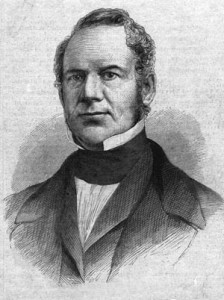
Beach was born on January 7, 1800, in Wallingford, Connecticut. His father was a farmer, a profession his son did not yearn to emulate. Instead, at a young age Beach showed a talent for things mechanical, and at 14 he became a cabinetmaker’s apprentice. He later opened his own cabinet-making shop in Northampton, Massachusetts, but the business failed. Beach tried his luck at producing a gunpowder machine for the propulsion of balloons, but that too failed, along with another business venture to establish a steam navigation company on the Connecticut River from Hartford to Springfield.
Beach had better luck when he invented a rag-cutting machine for paper mills that was used by various companies. However, he was unable to reap any financial rewards from his invention since he was too late in applying for a patent, which would have given him exclusive rights to the machine. Instead, he moved to Ulster County, New York, where he invested in a paper mill and finally succeeded in becoming a well-to-do figure in town.
Now prosperous, Beach met and married the sister of the founder of the New York Sun, Benjamin Day. Over time, Beach invested $40,000 of his own money into the newspaper and acquired a controlling interest in the business. In 1842, Beach published the first directory of wealthy Americans, Beach’s Wealth and Pedigree of Wealthy Citizens of New York City. The book helpfully listed all those people who had an income of over $100,000. There couldn’t have been many.
The Wars to Win the West
Beach was destined to play a small part in the foreign affairs of the United States, a role he had no idea was in the offing. By 1845, the United States was looking westward toward the vast unexplored land that stretched across the continent, millions of acres of prime real estate unclaimed by any nation. However, the United States was not the only nation interested in these largely unexplored territories. Great Britain and France, and to a lesser extent Russia, were eager to fill the void in the West.
The United States believed in the newly coined term “Manifest Destiny,” whose credo held that the nation was meant to colonize all the territories to the west and make the United States a truly transcontinental nation. Among the areas of interest was Oregon Territory, the lands of the Southwest that were part of Mexico, and the new Republic of Texas, which wanted to become part of the United States. On July 4, 1845, Texas officially became part of the United States—much to the consternation of the Mexican government, which did not recognize Washington’s sovereignty over the huge territory.
In 1836, the government of Mexican president Santa Anna had reluctantly agreed to the independence of Texas following his embarrassing defeat at the Battle of San Jacinto. For the next decade, tensions increased steadily between Mexico City and Washington. By 1844, Santa Anna was about to be ousted as president of his nation. He could not hold his tenuous government together, and a revolt took place within his army, leading to his replacement as commander by General Mariano Paredes. In the ever-growing confusion, the Mexican congress also overthrew Santa Anna and replaced him with General Jose Joaquin de Herrera as acting president. A disgraced Santa Anna fled to Cuba, where he waited in exile until conditions were ripe for his triumphant return.
In June 1845, as the Texas situation heated up, President Polk sent an armed detachment of soldiers under the command of Brig. Gen. Zachary Taylor to Fort Jesup, Louisiana, across the Sabine River from Texas. The troops were there to monitor rising tensions between the United States and Mexico. Before his departure, Taylor was given instructions from Secretary of War William Marcy to be ready for imminent hostilities with Mexico. Taylor, a veteran of the Seminole War, understood his instructions implicitly and waited for events to unfold. Taylor’s command soon departed for Corpus Christi, Texas, closer to the Mexican troops stationed across the border.
Hostilities between the two sides began on May 8, 1846, at the Battle of Palo Alto. American casualties were minimal with four dead and 42 wounded. Mexican casualties were higher, with more than 500 dead scattered across the bloody landscape.
Word of the battle reached Washington a few days later, and war frenzy soon gripped the U.S. capital. The president met with his cabinet and many friendly members of Congress. On May 13, Polk signed a bill declaring war on Mexico, officially giving legitimacy to a conflict that had been brewing for years.
An Unlikely Emissary
For the next several months, fighting was intense with each army gaining and losing ground. By November, most of the American war aims had been won after Mexican forces were defeated at the Battle of Buena Vista. From his perch in Washington, the president wanted to end the war as quickly as possible, keeping all the gains the American troops had fought so hard to accomplish before they could be dissipated by a possibly unsatisfactory peace.
Beach came to Polk’s attention when the newspaperman made a personal trip to Washington in November 1846. During that trip, Beach met with Secretary of State James Buchanan and the president. There is no record of what took place during those meetings, but the Mexican situation surely was topic number one. Beach supposedly told Polk and Buchanan that he was going to make a private trip to Mexico shortly and volunteered his services. He assured his distinguished hosts that he was a friend of the former Mexican foreign minister, Juan Almonte, as well as other high-ranking Mexican officials. Beach said he could help the administration end the war if given the chance.
Beach’s offer was readily accepted. Before leaving Washington, Beach received written instructions from the secretary of state. Buchanan wrote Beach: “The trust confided in you is one of great delicacy and importance. You are never to give the slightest intimation that you are an agent of this government. Be upon your guard against their wily diplomacy and take care that they shall obtain no advantage over you.” For all intents and purposes, Moses Beach had become Polk’s personal spy.
A Clandestine Negotiation or a Business Trip?
Beach was accompanied on his trip to Mexico by Jane McManus Storms, a correspondent for the New York Sun. Storms went by the pen name “Cora Montgomery” and would, in time, become a regular writer for the newspaper. Exactly what role Storms performed on their mission to Mexico is not known, but she was fluent in Spanish while Beach was not. She probably served as an interpreter. Also accompanying them was Beach’s 26-year-old daughter.
The conventional wisdom among historians is that Beach’s mission to Mexico was intended to lay the groundwork for a peace treaty with the Mexican government. He also had an ulterior motive to enhance his own personal business dealings with the country’s postwar business and political leaders.
Years later, Beach’s son said that his father went to Mexico to represent a group of unidentified Mexican officials, some of whom were affiliated with the Catholic Church in Mexico. The church men wanted to insure that they still had some degree of sovereignty in their own country when the war finally ended on American terms. Beach received the information from General Mirabeau Lamar, the former president of the Republic of Texas, who supposedly heard it from Catholic bishop John Hughes.
Whatever the truth of the matter, the trio set off in November 1846 and arrived in Havana, Cuba, where they received British passports. They reached Vera Cruz in January and went directly to Mexico City, where Beach conferred with certain dissident elements that were opposed to the government of President Valentin Gomez Farias.
The Bishops’ Revolt
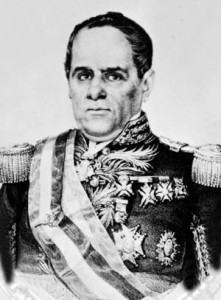
When they arrived in Vera Cruz, Beach and his party were arrested by Mexican military officials, who did not believe their cover story. After a brief period of incarceration, they were finally allowed to proceed to Mexico City. By all accounts, Beach and Storms met frequently with many Catholic bishops and other members of the clergy during their stay. These clergymen were disenchanted with the Mexican government, which had blatantly and forcefully taken away a large portion of their land holdings and money in order to finance the failing war effort.
Upon his return to the United States, Beach sent a written report on his trip to Buchanan, elaborating upon his meetings with the Mexican clergy. In it, he said that he persuaded the church men to pull their support from the government and openly call for a truce with the United States. Beach told Buchanan that after the government began confiscating church property, “I urged them to organize resistance.” Whatever degree of influence he may have had, Beach may well have passed along administration assurances of future friendship and access to the president.
After General Winfield Scott landed a sizable number of American troops at Vera Cruz in March 1847, the Mexican bishops went into action. They were able to raise 5,000 men, arms, and a large amount of cash to finance the rebellion inside Mexico and prevented Mexican forces from making a successful counterattack against Scott.
While the internal uprising continued, an old player reentered the mix. Santa Anna abruptly returned to Mexico in an attempt to regain power. During the dangerously chaotic time, Beach and his party deemed it prudent to return to the United States as soon as possible.
A Historical Enigma
When the war ended with the treaty of Guadalupe Hidalgo in 1847, the United States obtained the territories of California and New Mexico. By then, Beach and Storms had returned home and reported to President Polk and Secretary Buchanan. There is no written record of the exact content of their discussions, but secondhand information leaked out.
Beach never spoke publicly about his secret sojourn to Mexico during the war, and at one time even claimed the trip had never taken place. Suspiciously, one of the reports that Beach wrote to Washington while he was in Mexico went missing, and there is no way to ascertain what was in the missive. There is one tantalizing report written by President Polk himself, a diary entry dated May 11, 1847, in which the president reported: “Mr. Moses Y. Beach, editor of the New York Sun, called and had a long conversation with me on Mexican affairs. He had recently arrived from the city of Mexico, where he had gone several months ago in the character of a secret agent from the State Department. He gave me valuable information.”
Absent the unlikely full disclosure of the official Beach-Storms correspondence with Polk, that remains the final word on the subject. The true story of Beach’s secret mission to Mexico continues to remain a historical enigma in the annals of secret diplomacy. Like many spies, before and after, he left no visible footprints to mark his path.
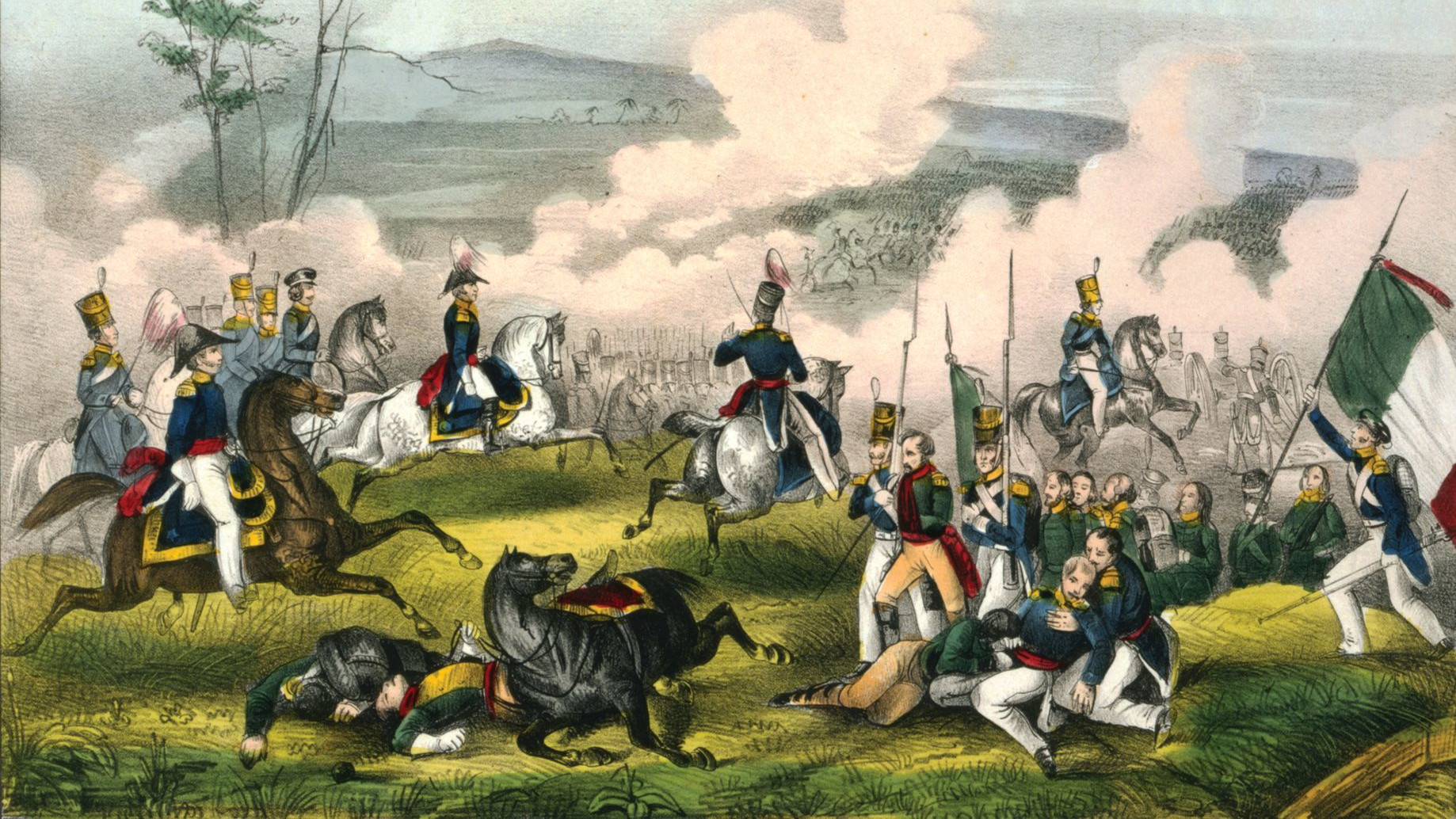
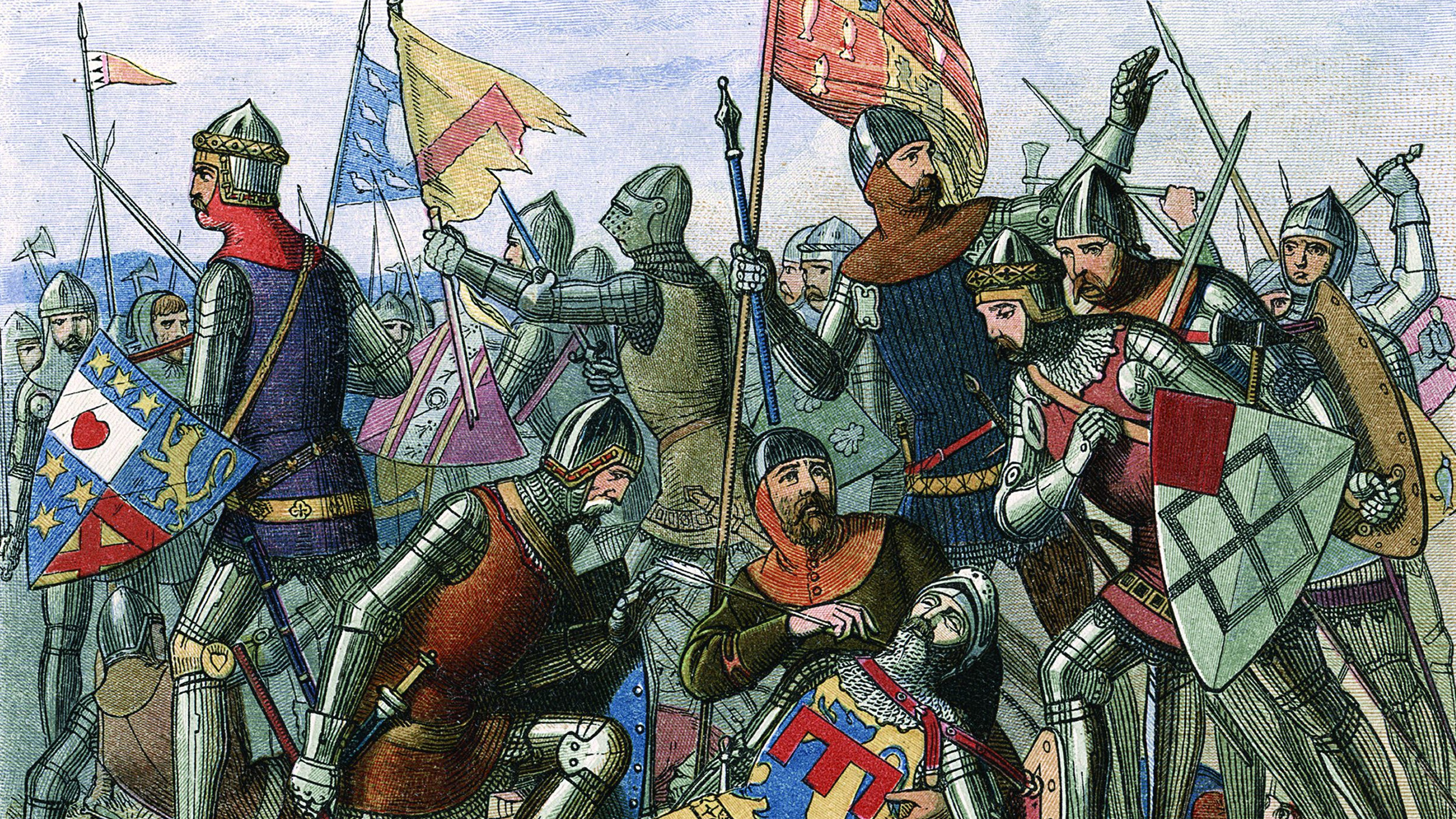
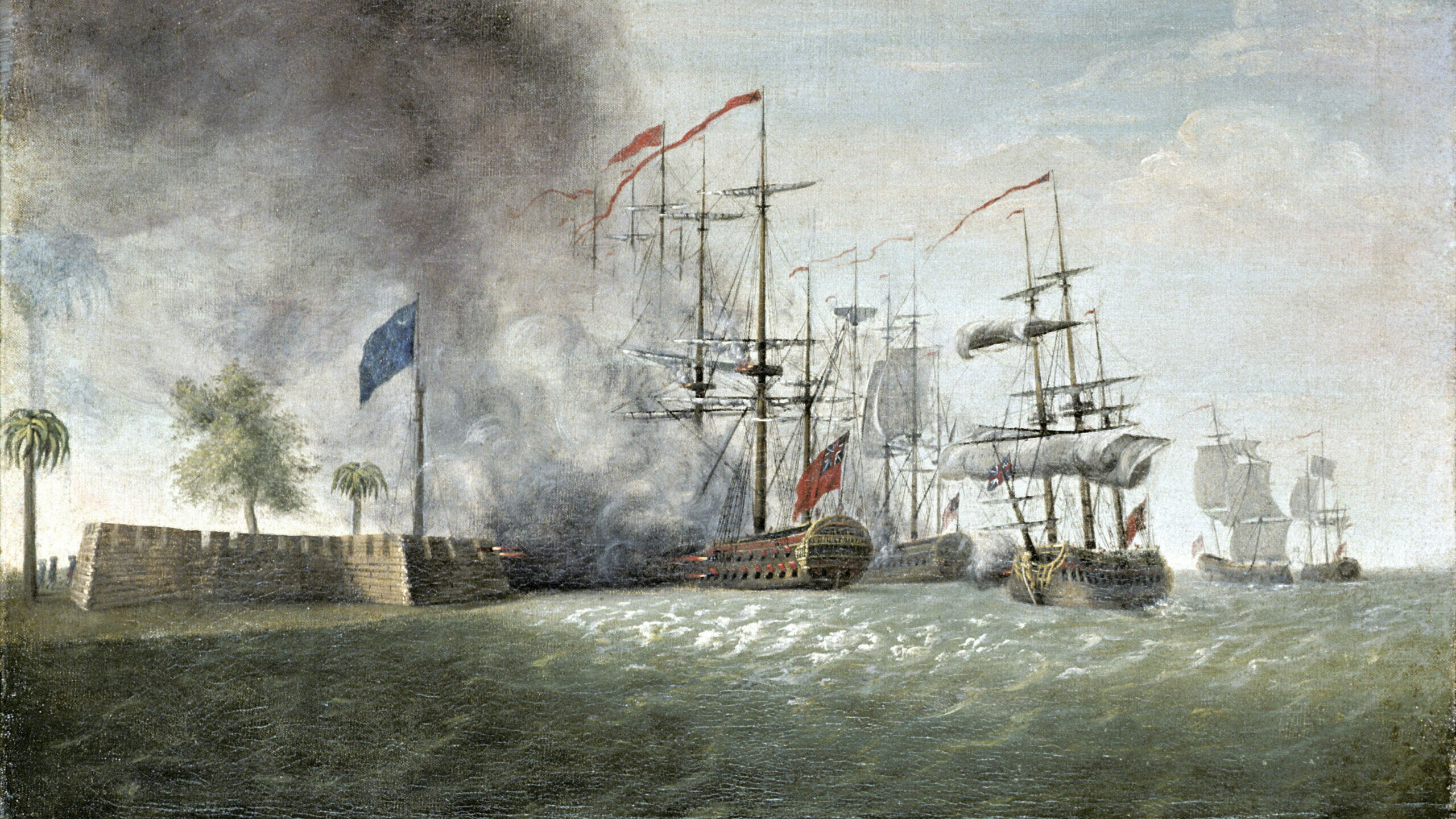
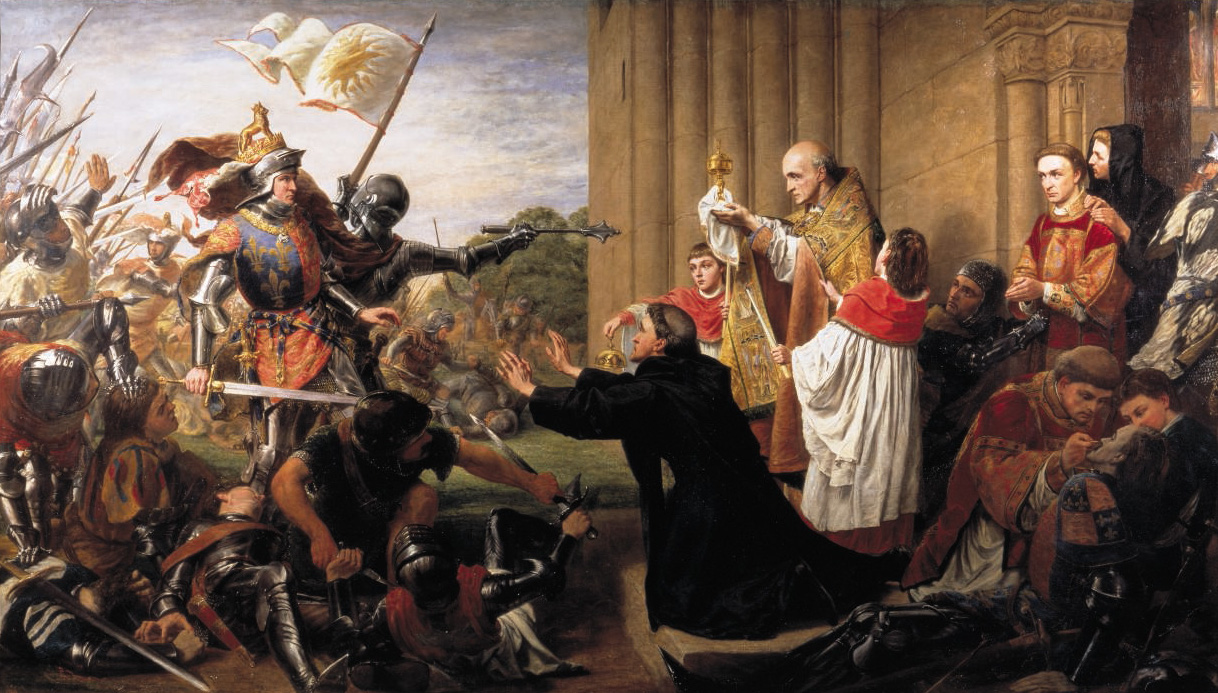
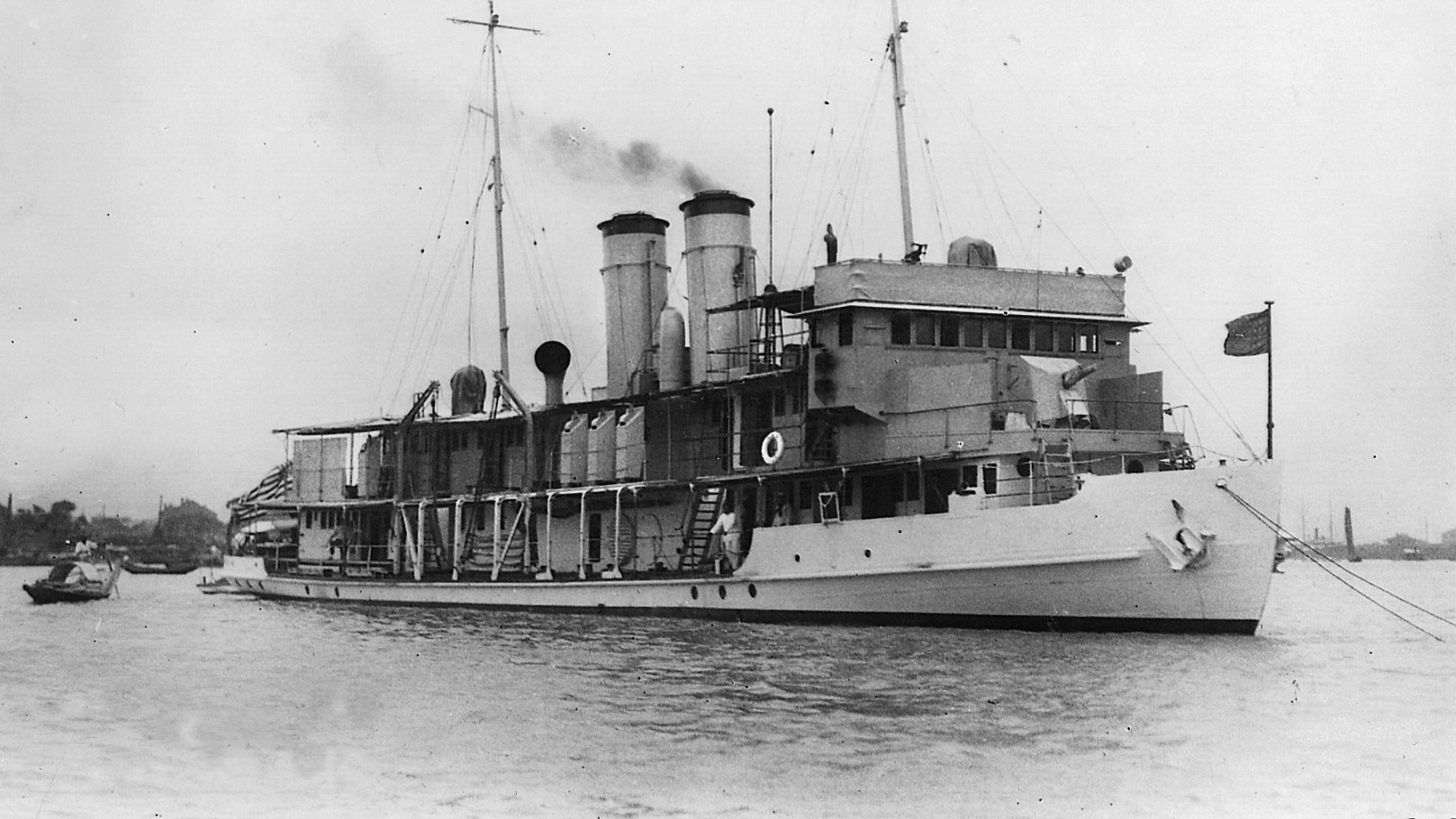

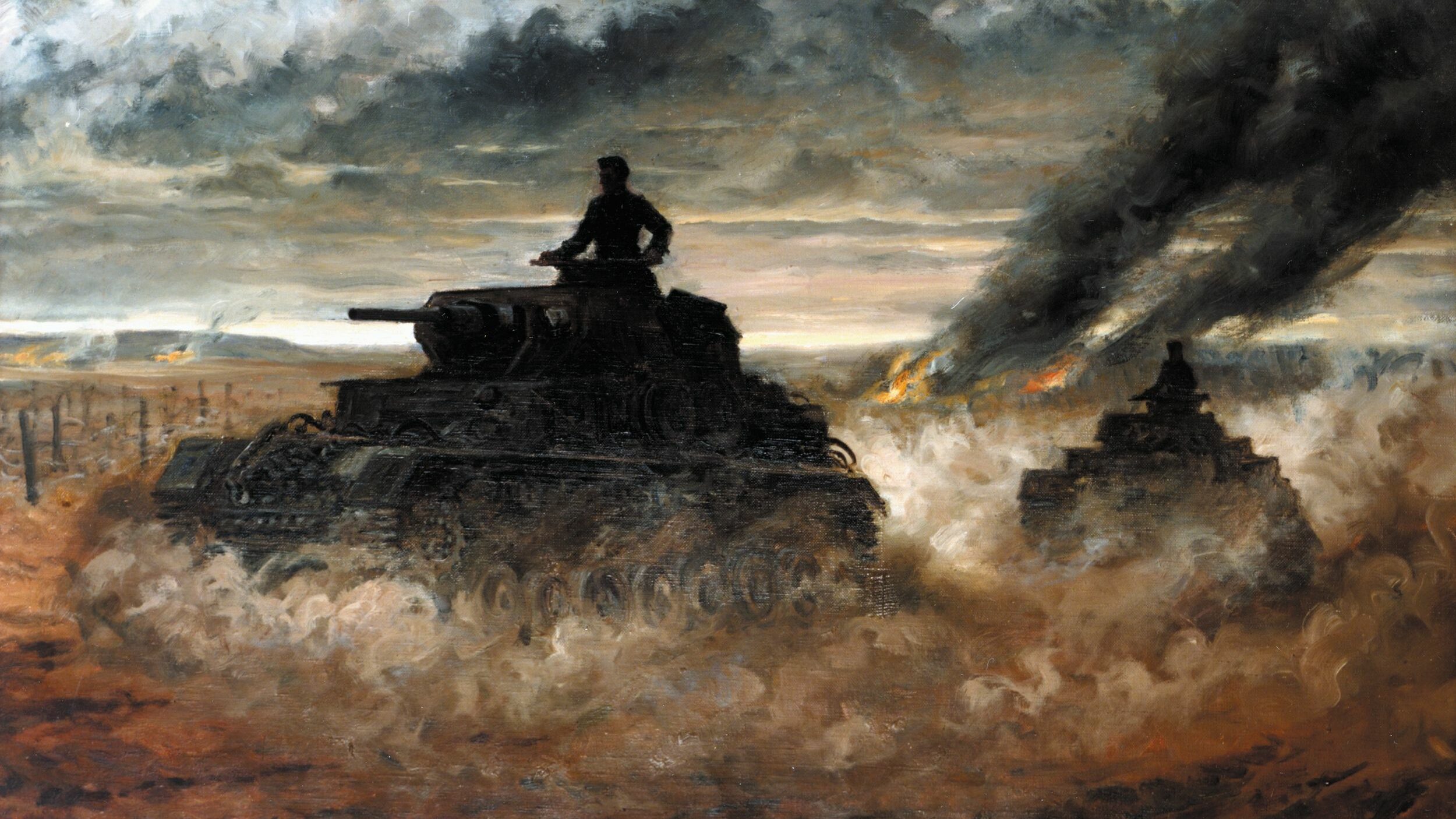
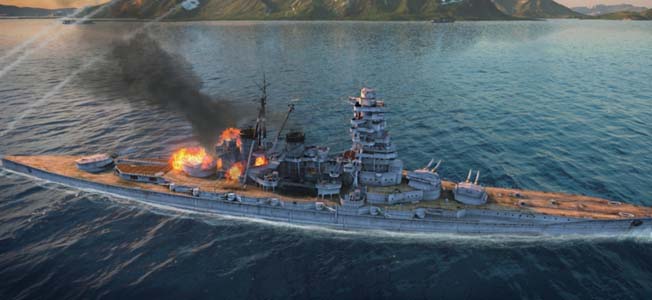
Join The Conversation
Comments
View All Comments